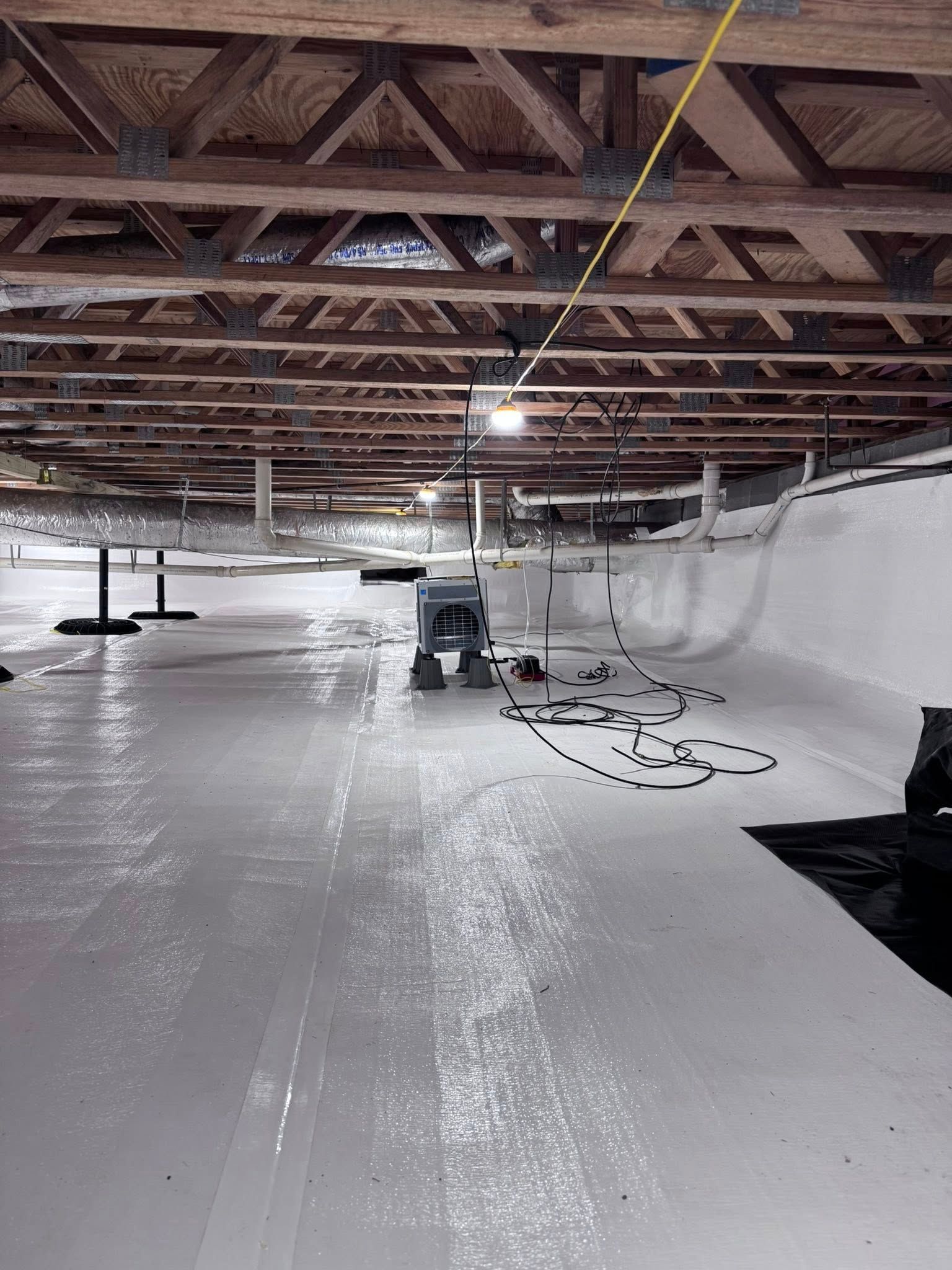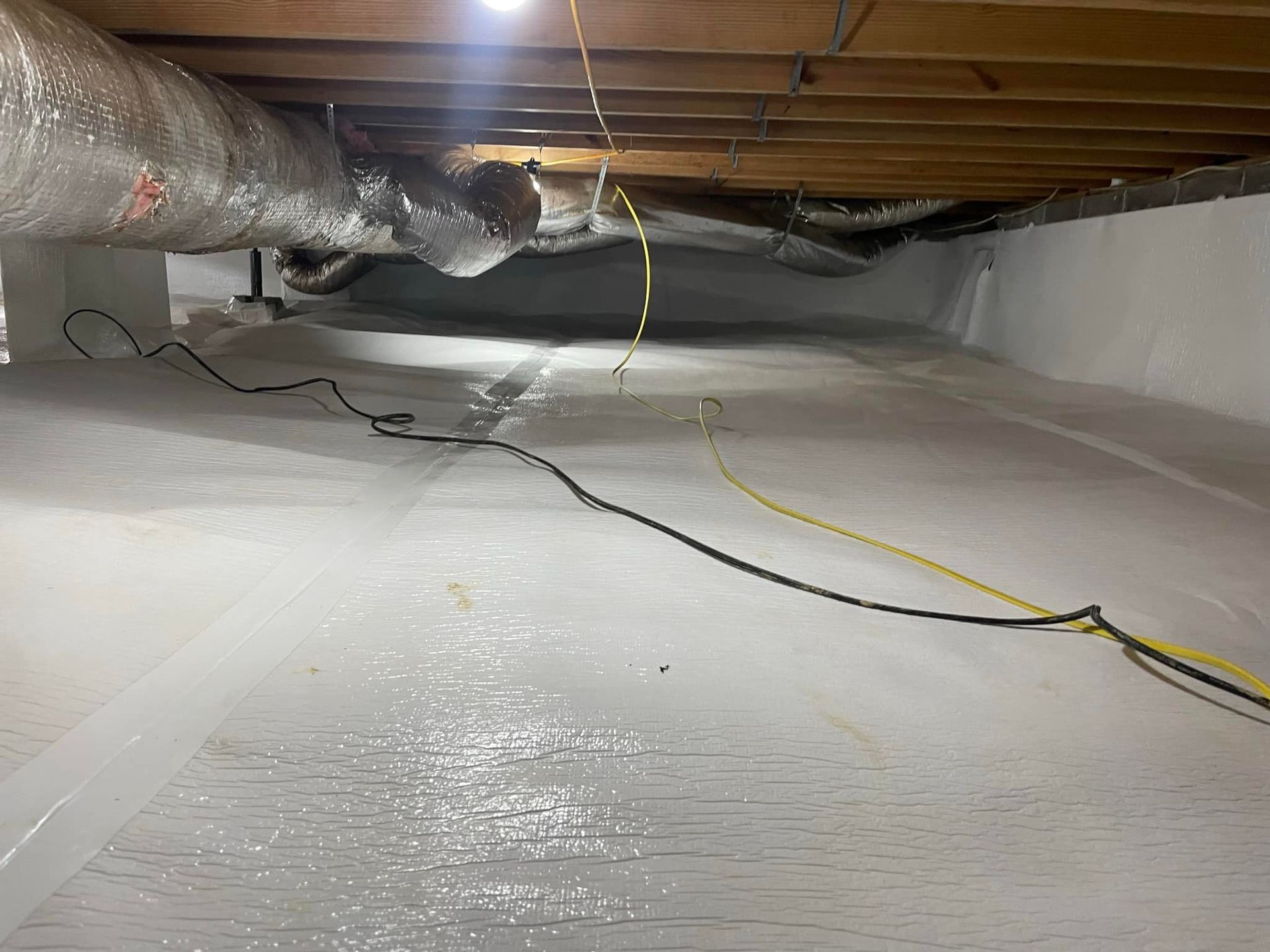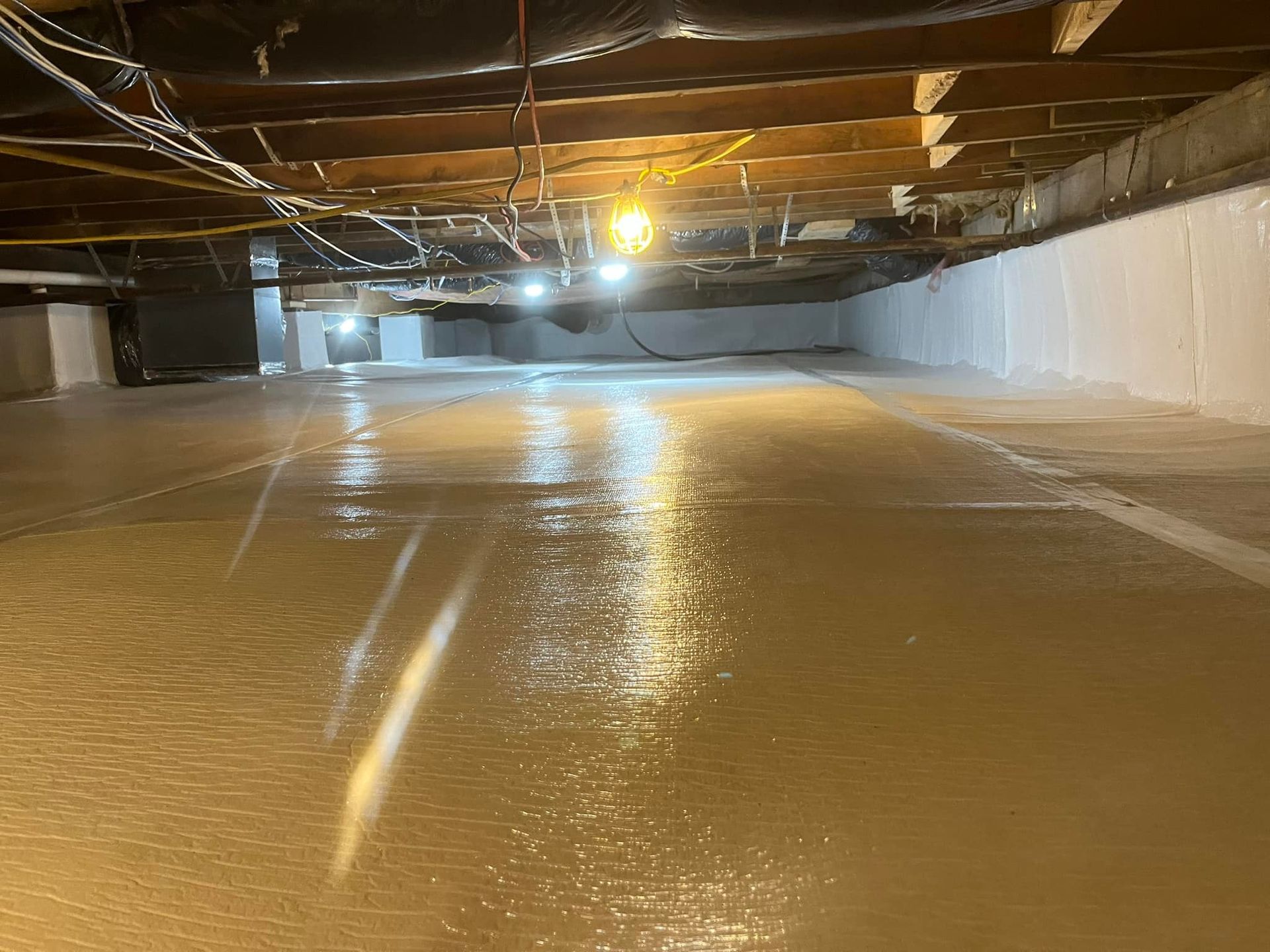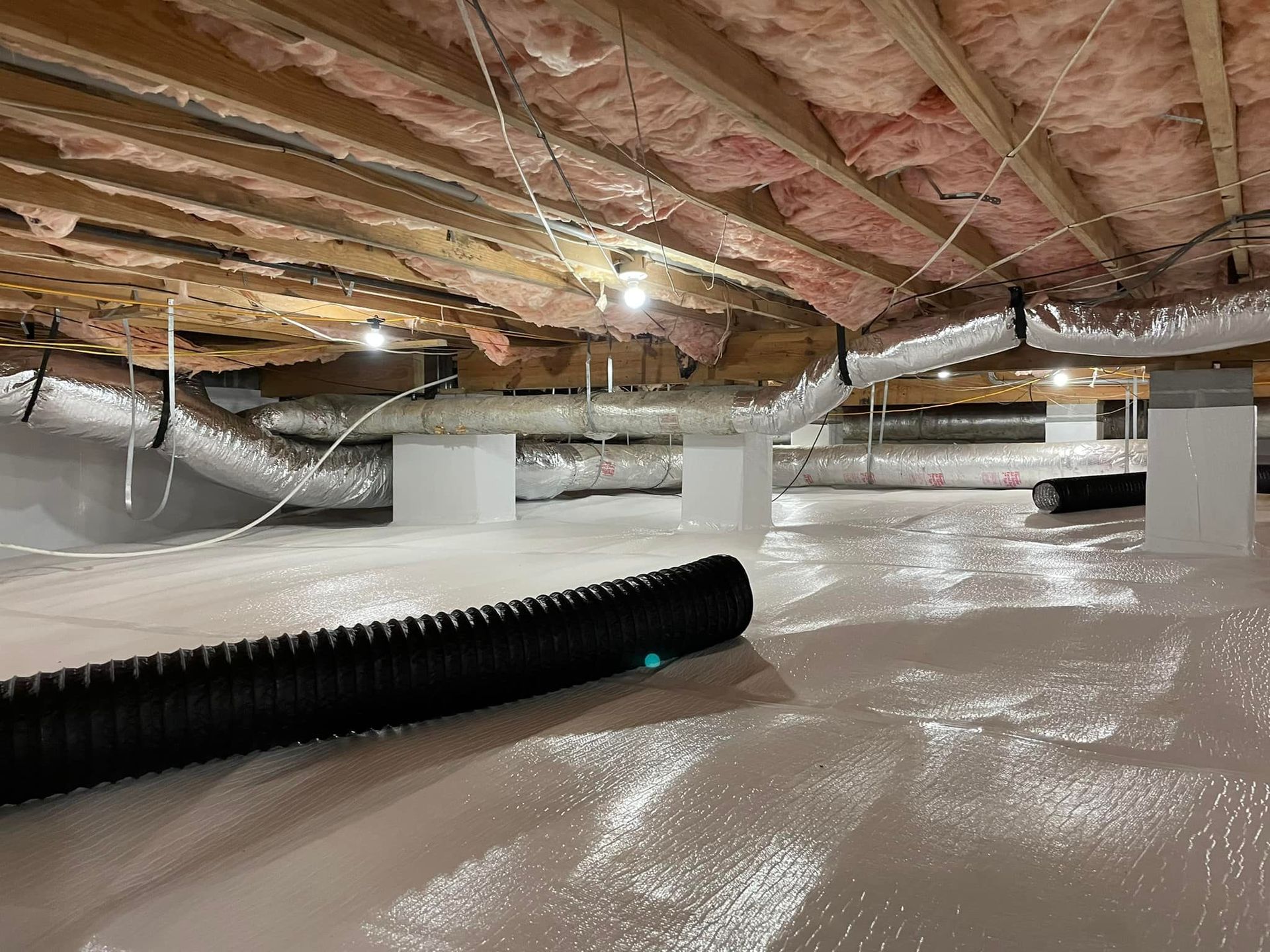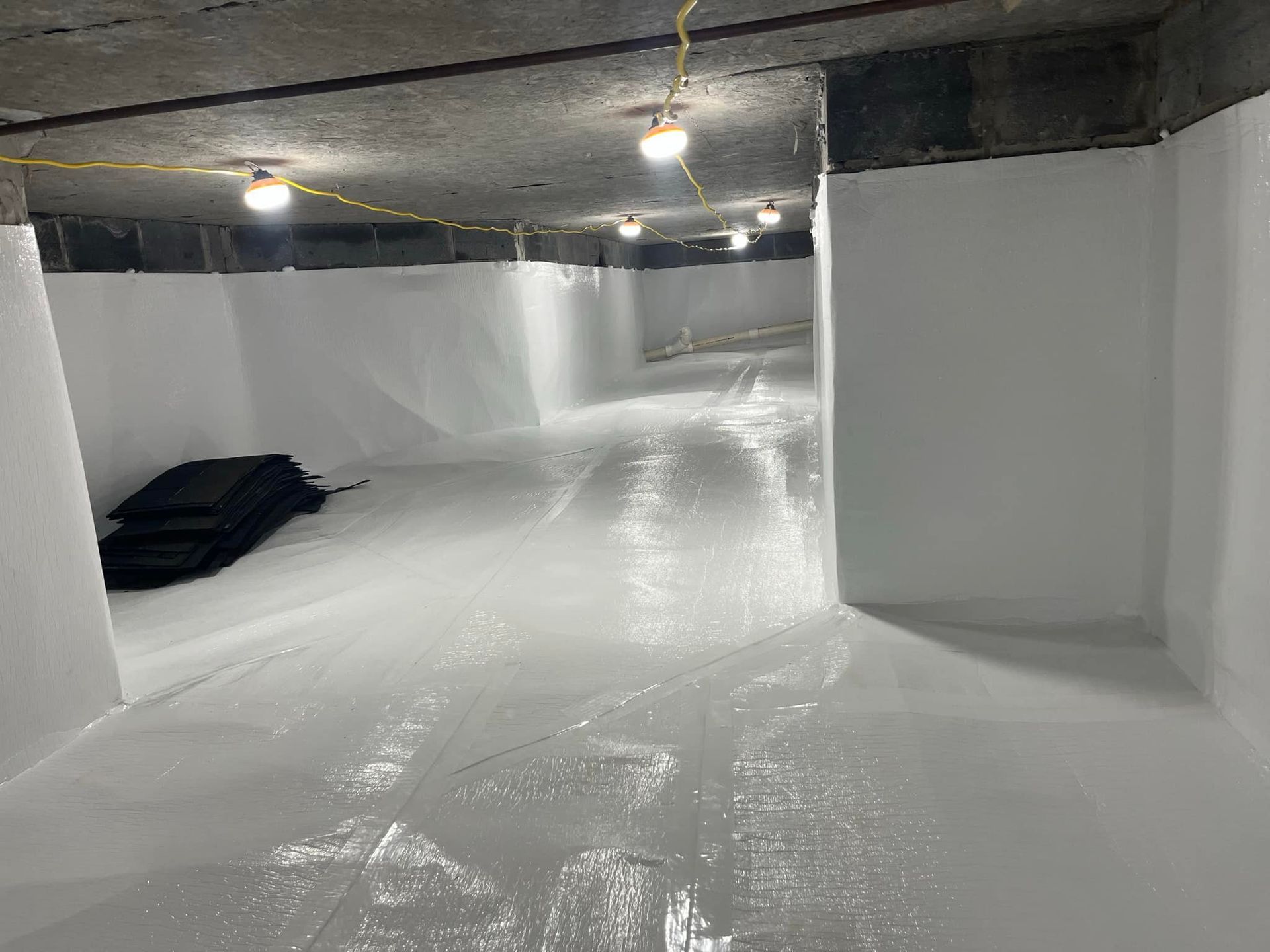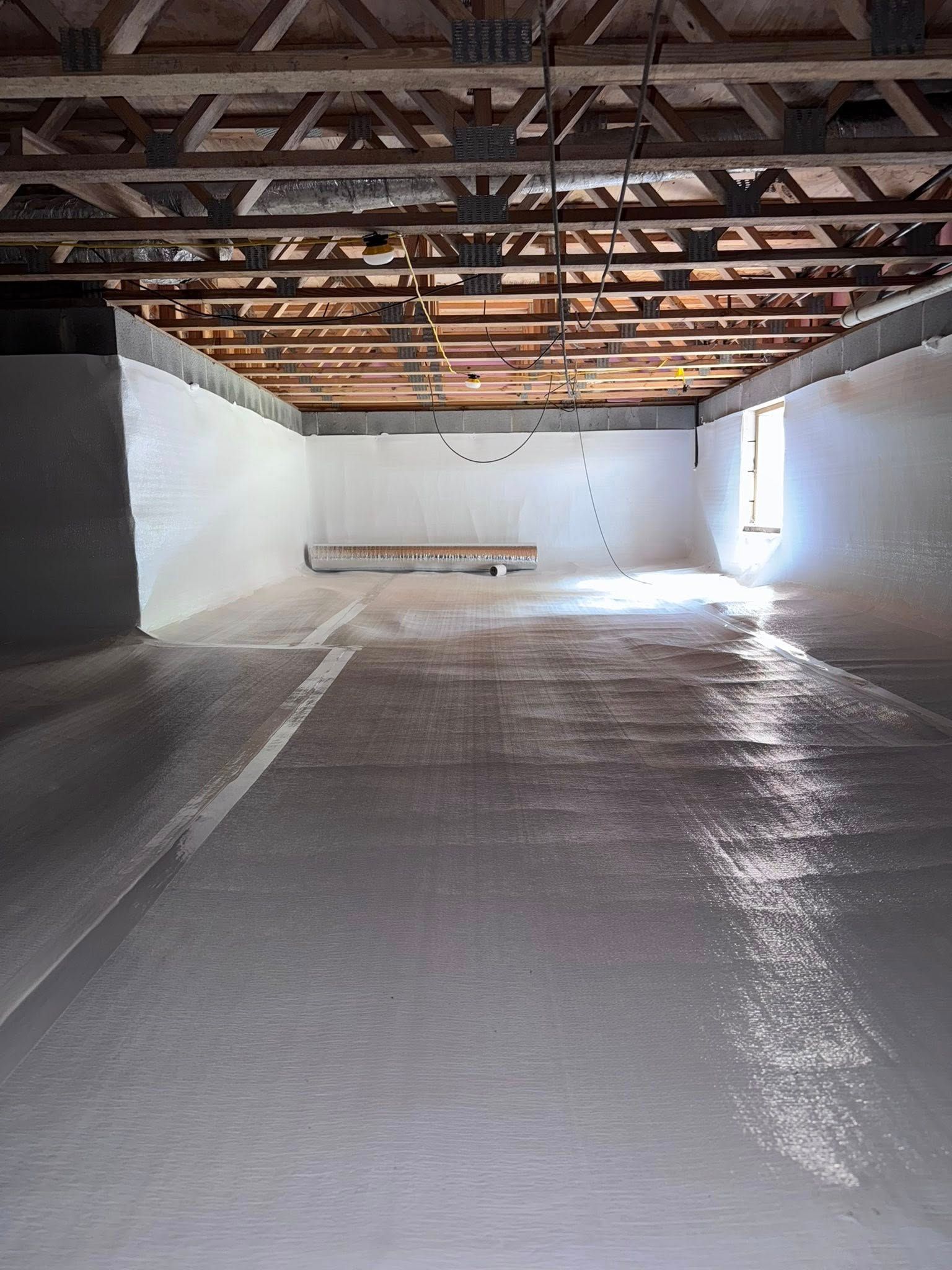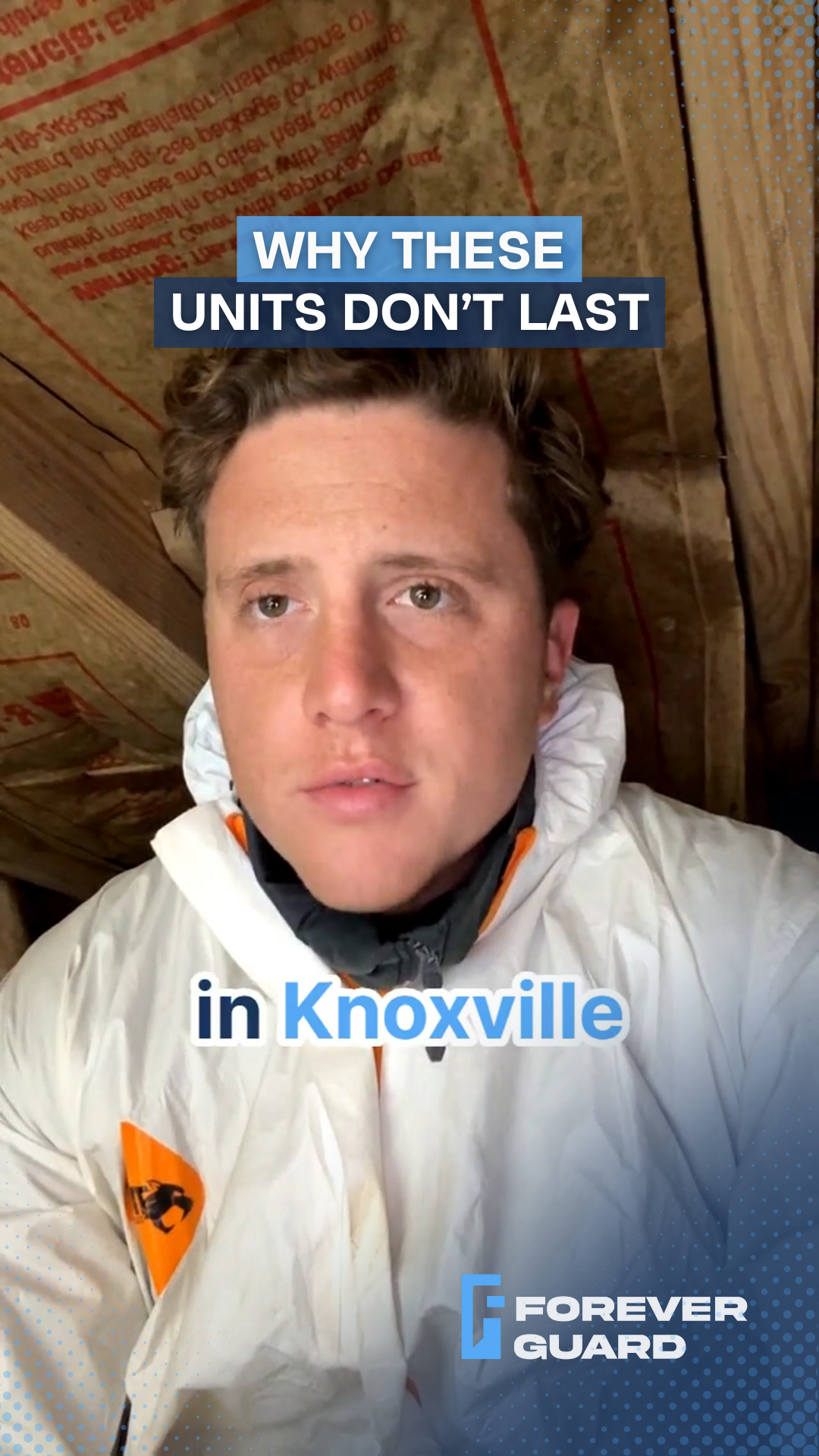Wood Decay Fungus: The Silent Threat Eating Your Home's Foundation
What Every Homeowner Needs to Know About Structural Damage
A crawl space expert explains how moisture turns strong floor joists into crumbling wood
I was in a crawl space out in Rockwood yesterday, doing what I do on every inspection - checking the condition of the floor joists.
When I reached up to examine one of them, I knew we had a problem.
The wood that should have been solid and strong was covered in cracks.
Here's the part that always gets homeowners' attention: sometimes these joists are so deteriorated that they'll literally break apart when you grab them.
The wood just crumbles in your hand like it's been chewed up.
And in a way, it has been.
Wood decay fungus has been eating away at the structure of your home, working silently where you can't see it.
By the time you notice bouncy floors or hear unusual creaking, serious damage has already happened.
How Wood Decay Fungus Actually Works
Most people think fungus just sits on the surface of wood. But wood decay fungus is different - it's actively destroying your floor joists from the inside out.
The fungus breaks down cellulose, which is what holds the lignin and fibers of wood together. It works similar to termites, eating away at the structural integrity of the wood. Over time, you start seeing visible cracks appear. Those cracks are a sign that the wood is losing its strength.
Eventually, if left unchecked, joists that should be supporting thousands of pounds become so weak they can't do their job anymore. That's when we have to start talking about sistering new joists alongside the damaged ones - a repair that could have been prevented with proper moisture control.
The Warning Signs Hiding in Your Crawl Space
The tricky thing about wood decay fungus is that it does its worst damage where you're not looking. But there are signs you can watch for, even without crawling under your house.
Inside your home, pay attention to soft or bouncy spots in your floors. If areas that used to feel solid now have some give to them, that's your floor joists telling you something's wrong. Unusual creaking or squeaking where there wasn't any before is another red flag.
Under your house, the signs are more obvious if you know what to look for. Visible cracks running along the joists, wood that looks darker or discolored, and that unmistakable musty smell all point to moisture problems and fungal growth.
In severe cases like the Rockwood crawl space I inspected, the damage gets to a point where sistering new joists becomes necessary. That means installing new support beams alongside the damaged ones to restore structural integrity.
Why This Happens (And Why It's So Common)
Wood decay fungus needs three things to thrive: wood, moisture, and the right temperature. Your crawl space provides all three.
Most crawl spaces have moisture issues. Water seeps in from the ground, condensation forms on cool surfaces, and humidity builds up with nowhere to go. Without proper vapor barriers, that moisture goes straight into your wood.
Poor ventilation makes it worse. The air just sits there, keeping everything damp. And because most homeowners never check their crawl space, these conditions can exist for years before anyone notices.
That's how a small moisture problem turns into structural damage. It's not dramatic or sudden - it's slow, steady deterioration that compounds over time.
.
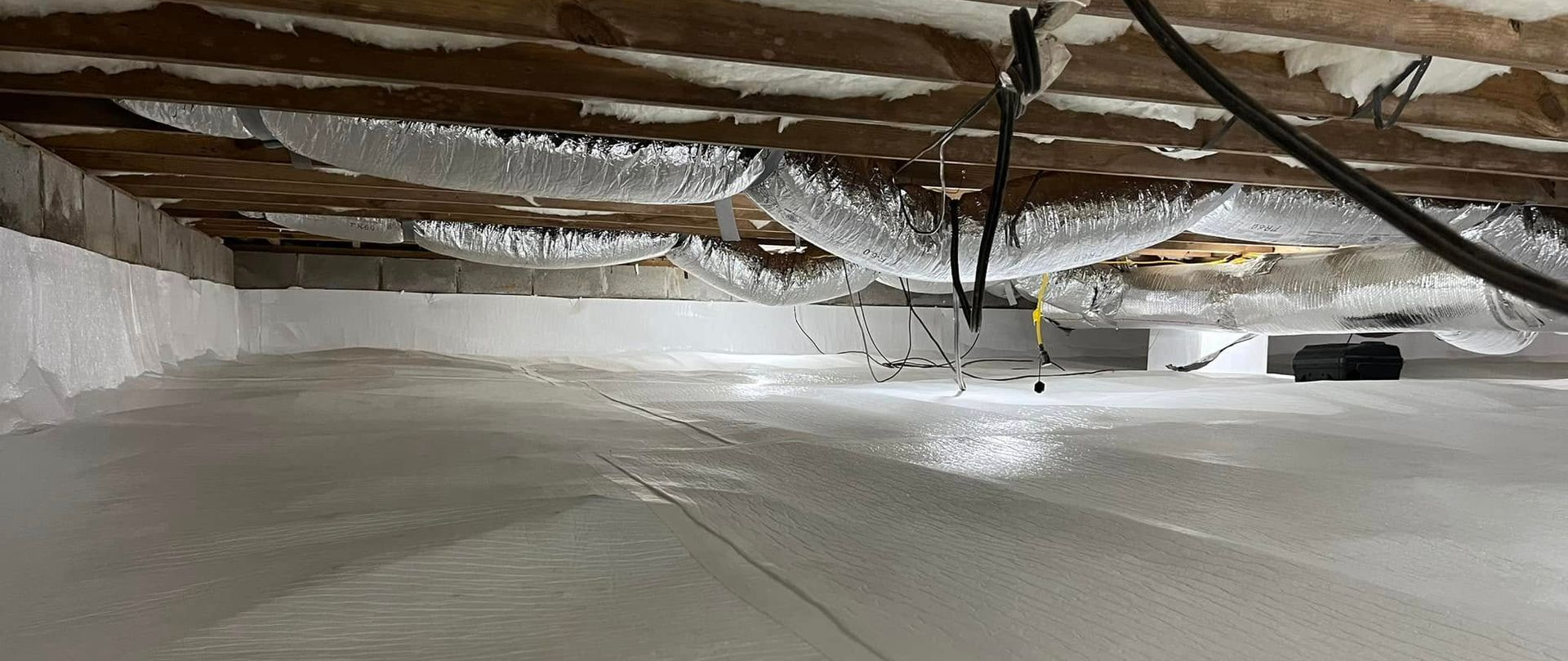
How Encapsulation Stops the Damage
Here's the good news: this kind of damage is completely preventable. Encapsulation addresses the root cause - moisture.
When we encapsulate a crawl space, we're creating a controlled environment. We install vapor barriers that stop ground moisture from entering. We control humidity levels to prevent condensation. We eliminate the conditions that wood decay fungus needs to survive.
For the Rockwood crawl space, we'll encapsulate and treat the existing fungal growth to kill it and prevent it from coming back. Some joists will need sistering, but we're catching it before complete replacement becomes necessary.
The difference between encapsulation and ongoing repairs is simple: encapsulation solves the problem. Repairs just deal with the symptoms. Stop the moisture, and you stop the fungus. Stop the fungus, and your floor joists stay strong.
Protect Your Home Before It's Too Late
Look, I get it. Crawl spaces aren't something most people think about. But ignoring what's happening under your home doesn't make the problem go away - it just makes it worse.
If you're noticing soft spots in your floors, unusual smells, or you simply can't remember the last time anyone looked under your house, it's time for an inspection. The earlier we catch moisture and fungal issues, the less damage we're dealing with and the less money you're spending on repairs.
Don't wait until your floor joists are crumbling. Let us take a look, assess what's happening, and give you honest recommendations about what needs to be done. Prevention is always cheaper than repair.

